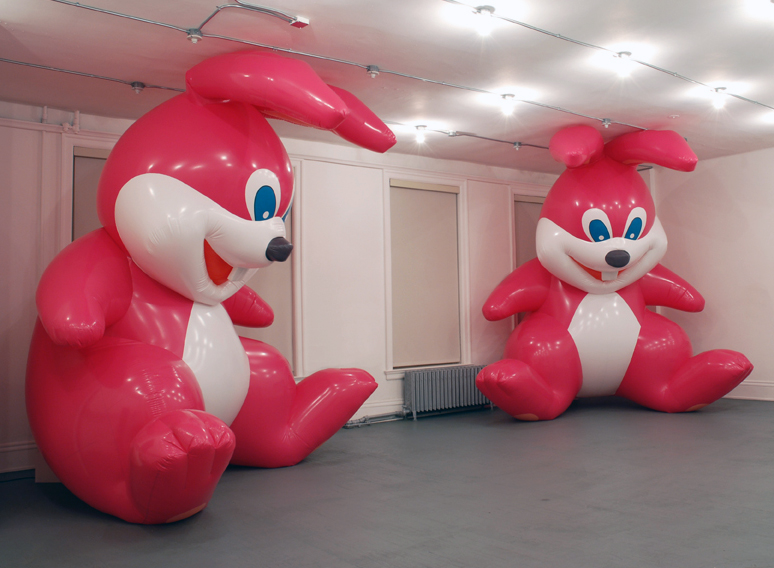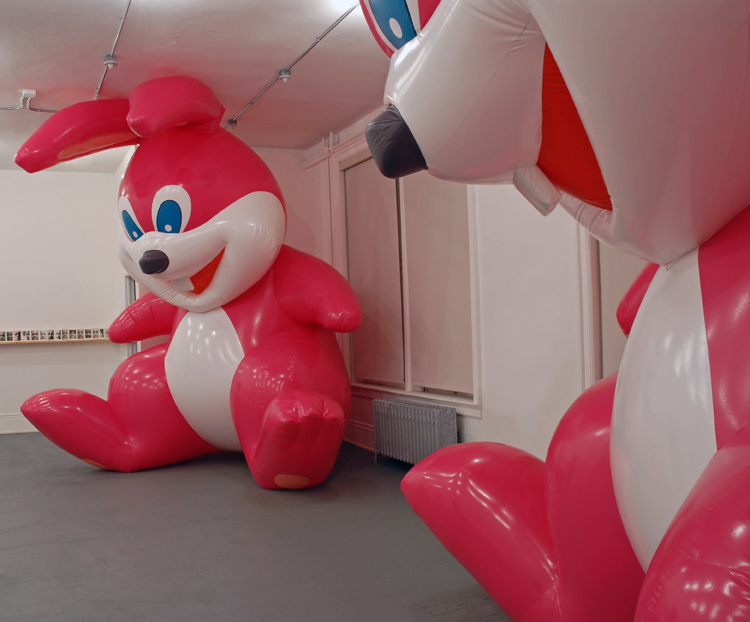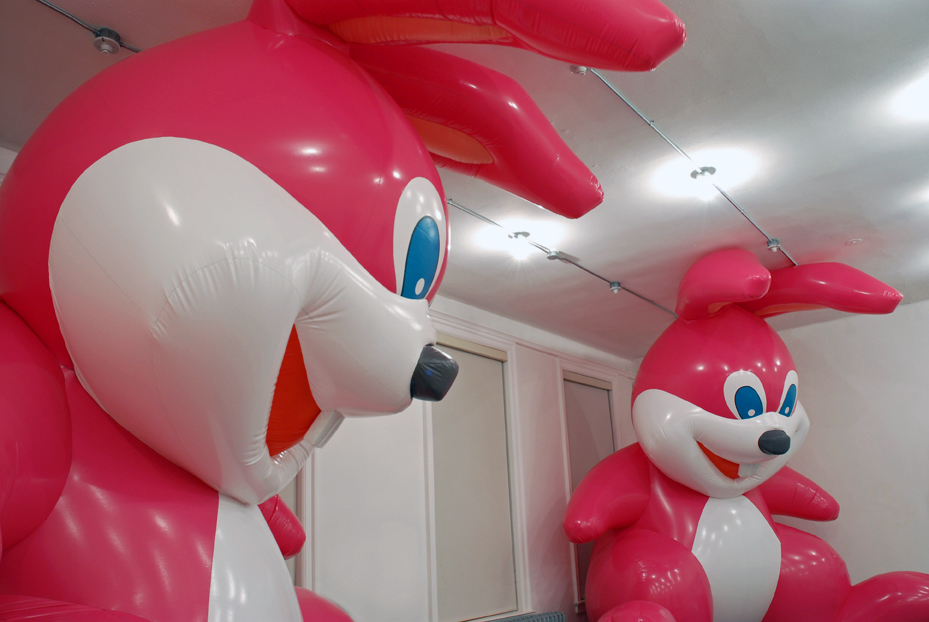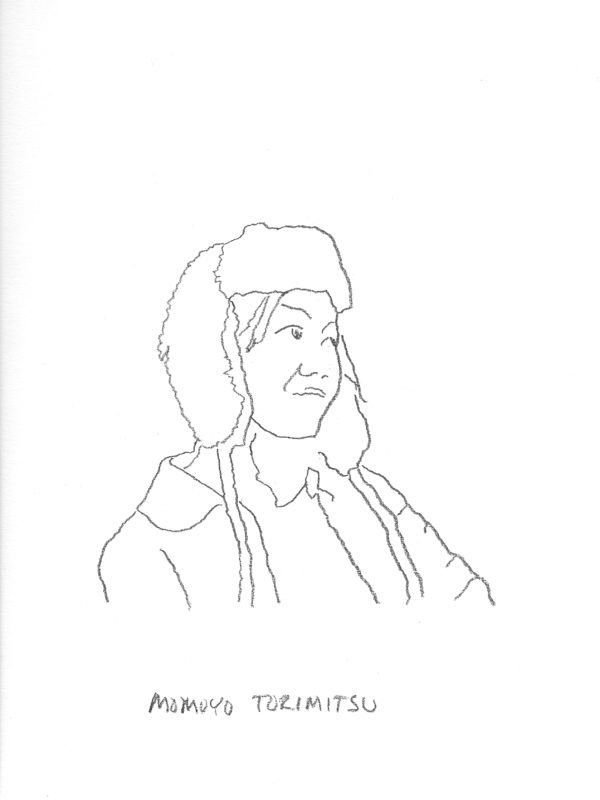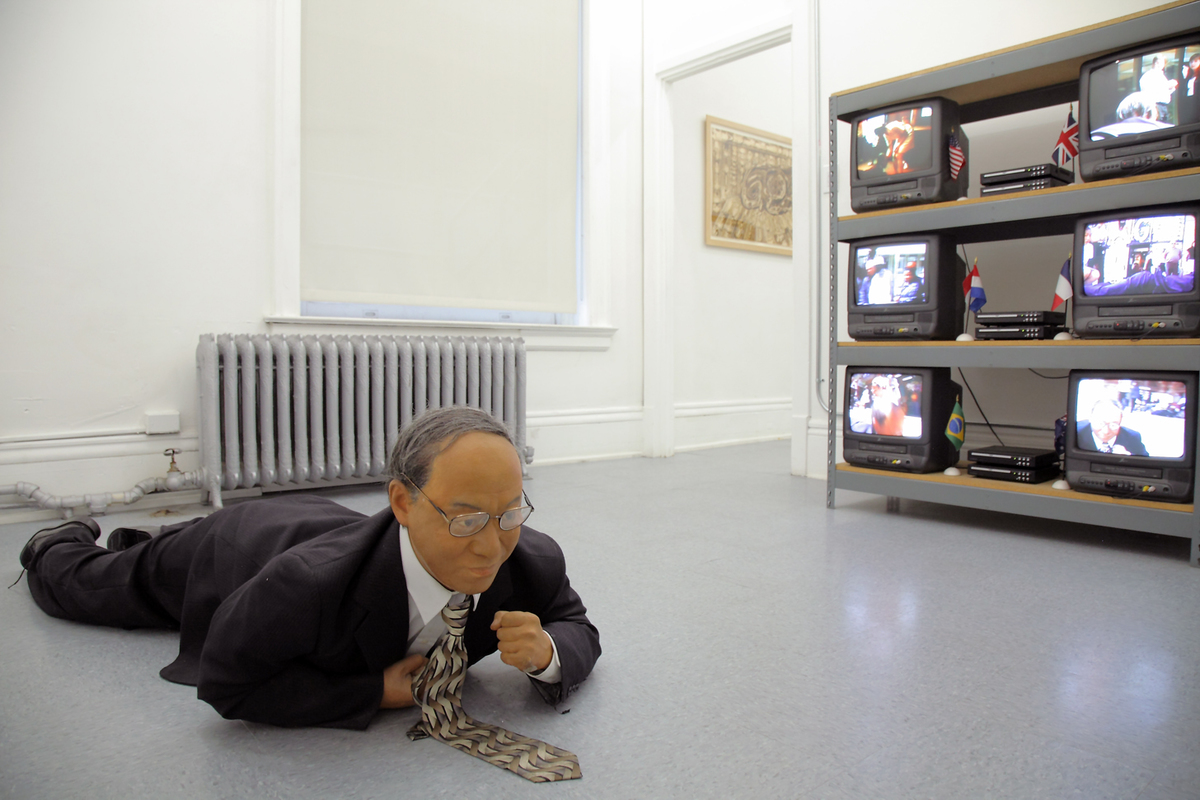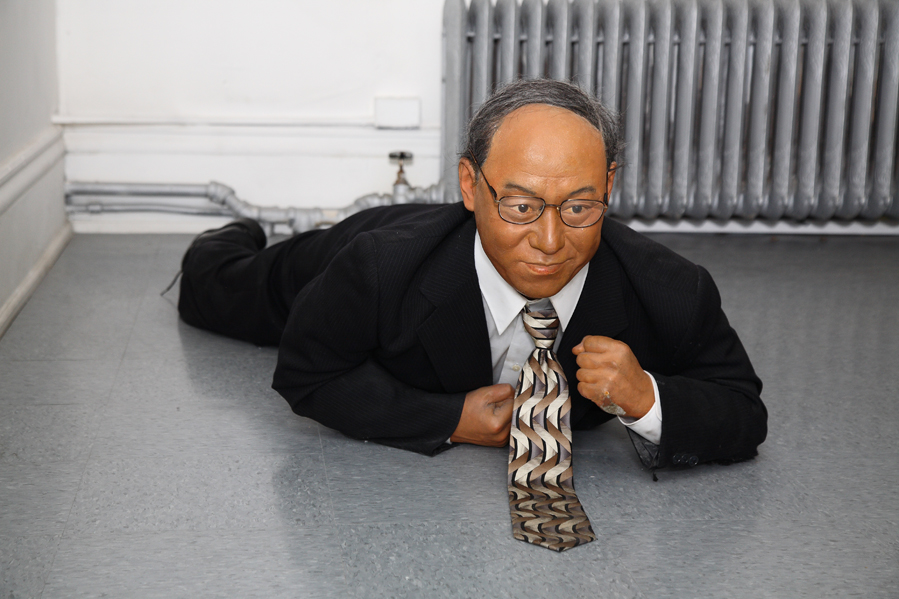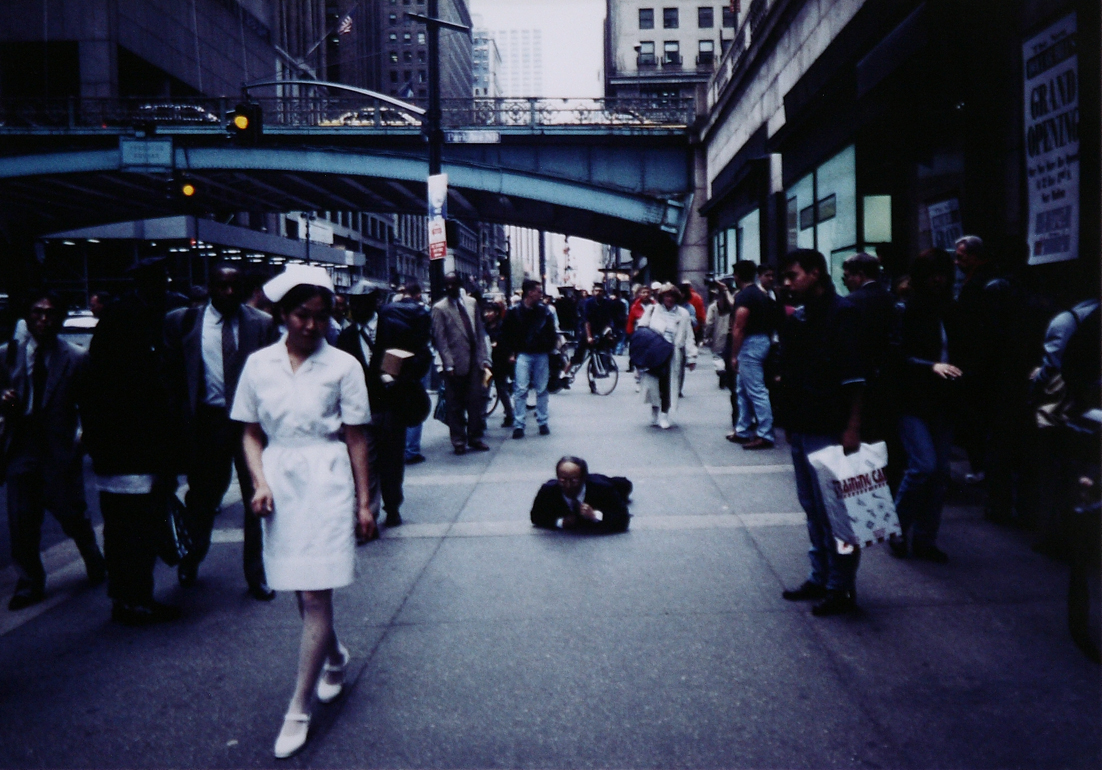Momoyo Torimitsu
- Artist Statement
- Curator Statement
- zingmagazine project
- Website
Artist Statement
I was born into the Japanese high economic boom in a suburb of Tokyo—in a place we refer to as a “Bed Town” which provided Japanese people of my generation with a vision of a brilliant future lying ahead. Most of my work has tried to reflect on High Capitalism’s effect on our daily lives.
One of the main focuses of my work is the tension between “reality” as it is perceived via the senses, and that which we can recognize as physically or objectively real. The reality of the senses is often remote from that which actually lies around us, and may in fact lie closer to illusion.
It has become a feature of modern life that peoples’ senses can no longer be relied on to distinguish between what is authentic and what is just a well-crafted fake. Amidst Japan’s complex array of signs, even the truly authentic has become suspect as an imposter. One might even say that daily life consists of a “reality” in which one never encounters anything authentically real.
Curator Statement
Miyata Jiro
Miyata Jiro by Momoyo Torimitsu is a life size replica of the typical Japanese businessman. Sporting a suit, glasses, and a receding hair line complete with a comb-over, Miyata has mechanically crawled the metropolises of New York, London, Amsterdam, Paris, Rio de Janeiro, and Sydney. With the aid of the artist in full nurse costume, the duo engages street and business life (Miyata has crawled the likes of Wall Street and La Defense—epicenters of business cultures as well as typical touristic destinations). The performance and audience reactions were videotaped and photographed and six monitors at the Dikeou Collection play the respective videos, each identified by a small flag for the country in which the crawl took place.
Somehow I Don’t Feel Comfortable
Momoyo Torimitsu’s gigantic inflatable bunnies, entitled Somehow I don’t feel comfortable, are a reflection of contemporary social angst and modern popular iconography. As a reflection of this, two bunnies slump corners facing each other in a sad, lonely, manner-entirely filled with air, erect and purposeful, but also in a space that such an erectness almost does not fit, both emotionally and physically. The bunnies are those you would find on the end of a vendor’s stick at a church fair or in an Easter basket-yes the stereotypical inflatable-but in their position they reflect a predetermined fatalization of their Art Historical predecessor, Jeff Koons’ stainless steel rabbit and more recent puppy, much less attribute a nod to Oldenburg-resolute in their Pop animation and appropriation.

